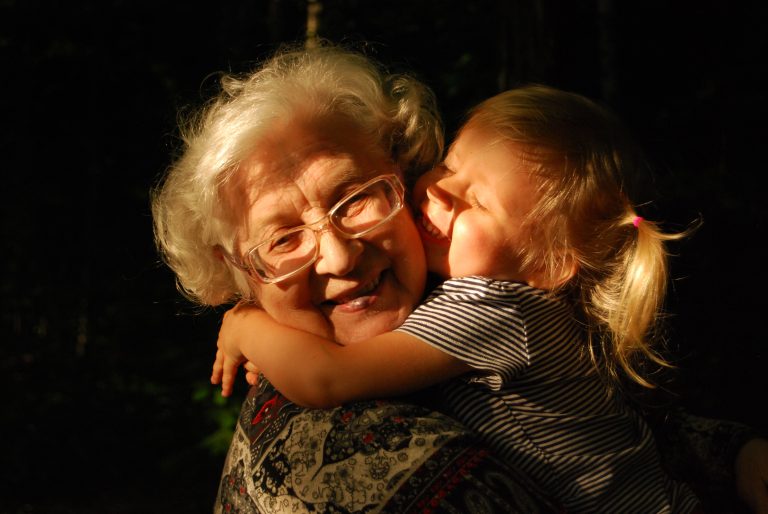In the first half of 2007,
the Howard Government faced polls showing that the environment was an increasingly
important issue to voters, and that the Coalition was trailing Labor in its
perceived ability to address it. Facing an election, the Howard Government
launched its ‘Climate Clever’ campaign, which the Labor opposition decried as a
taxpayer funded stunt to improve the Coalition’s environmental
credentials. The cornerstone of ‘Climate
Clever’ was television advertisement featuring Australians in different upper
middle class walks of life illustrating energy conservation actions, with the
refrain, "I can do that". It is no
surprise that the new Rudd Government removed any trace of ‘Climate Clever’
from our television screens and the relevant Government websites (though similar information is
still available).
The motivations of the Howard
Government in producing the ‘Climate Clever’ campaign are a moot point. Additionally, while some reasonably argue
that the focus should be on the systemic and institutional causes of climate
change, or the emissions from business and industry, individual action is
certainly a contributing factor, and progress on all these fronts is not
mutually exclusive. So, the question is
whether the ‘Climate Clever’ campaign was a worthwhile endeavour and, if not,
whether the Rudd Government could transform it into a more effective policy tool.
This is not the first
time energy conservation has leapt to the top of the political agenda. Consider the following, which could easily
have come from President Bush today: "Our
excessive dependence on foreign oil is a clear and present danger to our
Nation’s security … At long last, we must have a clear, comprehensive energy
policy." In fact, it is from President
Jimmy Carter’s last State of the Union, in
1980. The Arab oil embargo, which began in 1973, caused a huge energy crisis in
the United States
and launched a host of energy conservation efforts, including a series of
public information campaigns. In 1986,
Scott Coltrane, Dane Archer and Elliot Aronson, sociologists working
with the Energy Conservation Research Group at the University of California,
conducted a comprehensive review to determine the common elements of the campaigns which had the greatest success.[i] Drawing on their findings, as well as more general research such as Janet Weiss and Mary Tschirhart’s review of 100 public information campaigns, we can get a picture of alternatives to the ‘Climate Clever’ campaign which might actually work.ii]

The most basic purpose of a
public information campaign is to raise awareness of an issue and to provide
new information that enables and encourages the target audience to change their
behaviour. To be effective, public
information campaigns ‘should deliver messages that are clear, credible and
easy to understand’.[iii] In the study of energy conservation programs,
‘concrete examples’ and ‘individually tailored representations’ were highlighted
as features of successful campaigns.[iv] This may have been what the ‘Climate Clever’
campaign did best, by providing simple and illustrative examples (e.g., buying
an energy efficient refrigerator or drying laundry in the sun).
Additionally, good public
information campaigns evoke a social norm.
The communication of what others are doing acts as a signal for the society’s
approval or expectation of certain behaviour.[v] In the ‘Climate Clever’ campaign, the social
appeal was muted, at best. The phrase ‘I
can do that’ suggests it is desirable for people to take the suggested actions,
as long as it is not too burdensome. A
stronger normative message would display people proudly doing their part (i.e., ‘I should
do that’).
There was one crucial
element that the ‘Climate Clever’ campaign wholly lacked. In the academic literature it is referred to
as ‘observational learning’, ‘modelling’, or the esoteric phrase, ‘social
diffusion’. Essentially, we are talking
about peer pressure, or the ‘keeping up with the Jones’ theory’ of social
behaviour. If you look to the house on
your right, and it has a rain water tank, and you look to the house on your
left, and it has a rain water tank, and at the next barbeque all your friends
are talking about their new rain water tanks, then you are more likely to go
out and get a new rainwater tank. As Coltrane,
Archer and Aronson explain: ‘the
motivation to install attic insulation or a solar water heater is seen as
stemming less from media advertisements or economic cost-benefit calculations
than from first-hand exposure to friends or neighbours who have installed such
measures’.[vi] Perhaps the ‘Climate Clever’ campaign
attempted to emulate this effect by portraying those who could be our friends
and neighbours taking environmentally responsible action, but that could not
replace the impact that real friends, family and neighbours can have on our
decision making.
What, then, is the best way
for government to promote social diffusion?
By going as local as possible. That
means encouraging, funding and coordinating in-person demonstrations of energy
conservation strategies organised by local community and action groups,
councils, clubs, churches, and any other organisation capable of reaching
people in a local setting alongside their friends and neighbours. Coltrane, Archer and Aronson identified door-to-door
canvassing, neighbourhood workshops, block meetings and similar programs as
examples of effective approaches.[vii]
It would also be best if the utilities were
onside and participating actively, which may require the federal and state
governments to compel or cajole them (unless, of course, they are still state-owned).
The Rudd Government should consider reestablishing
a public information campaign on energy conservation. However, in order to make it climate cleverer, it must move beyond
the passive publicity of broadcast media advertising and the internet, and
include at its core direct engagement with local communities, personal contact
and the encouragement of neighbourly competition to attain the most environmentally friendly
household.
[i] Coltrane, S., Archer, D. & Aronson, E. 1986, ‘The
social-psychological foundations of successful energy conservation programmes’,
Energy Policy, April, pp. 133-148.
[ii] Weiss, J.A. &
Tschirhart, M. 1994, ‘Public information campaigns as policy instruments’, Journal of Policy Analysis and Management,
vol. 13, no. 1, pp. 82-119.
[iii] Weiss & Tschirhart 1994, p. 87.
[iv] Coltrane, Archer & Aronson 1986, p. 135.
[v] Weiss, J.A. 2002, ‘Public Information’ in The Tools of Government: A Guide to the New Governance, ed L.M.
Salamon, Oxford University Press, Oxford,
p. 232.
[vi] Coltrane, Archer, & Aronson, p. 142; see also Weiss
2002, p. 232.
[vii] Coltrane, Archer, & Aronson, pp. 141-144.
|
[adsense:234×60:1:1] |




